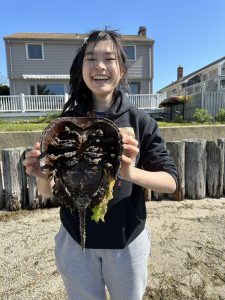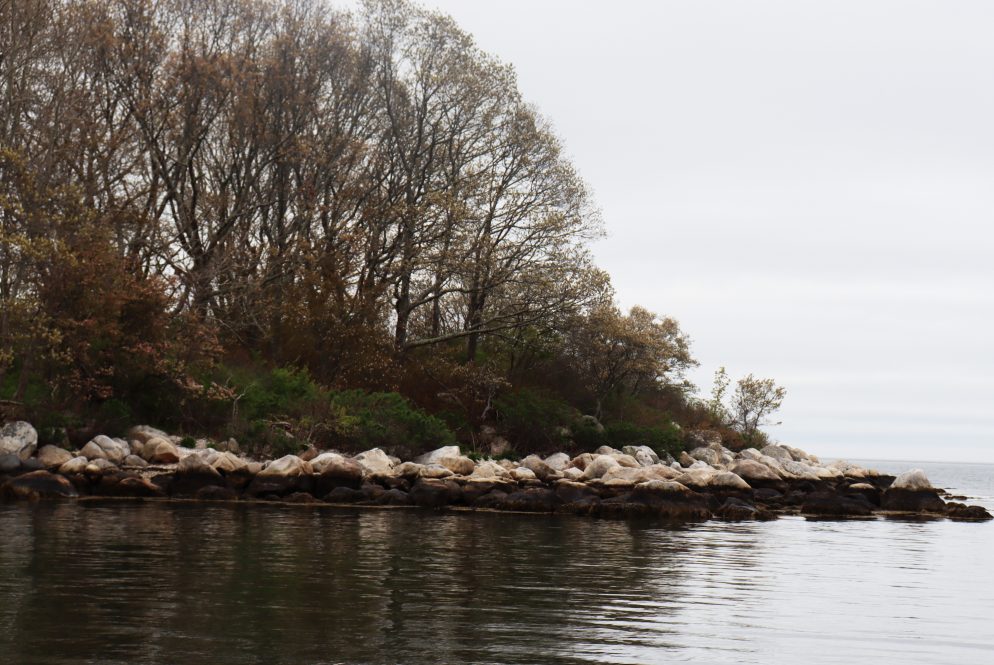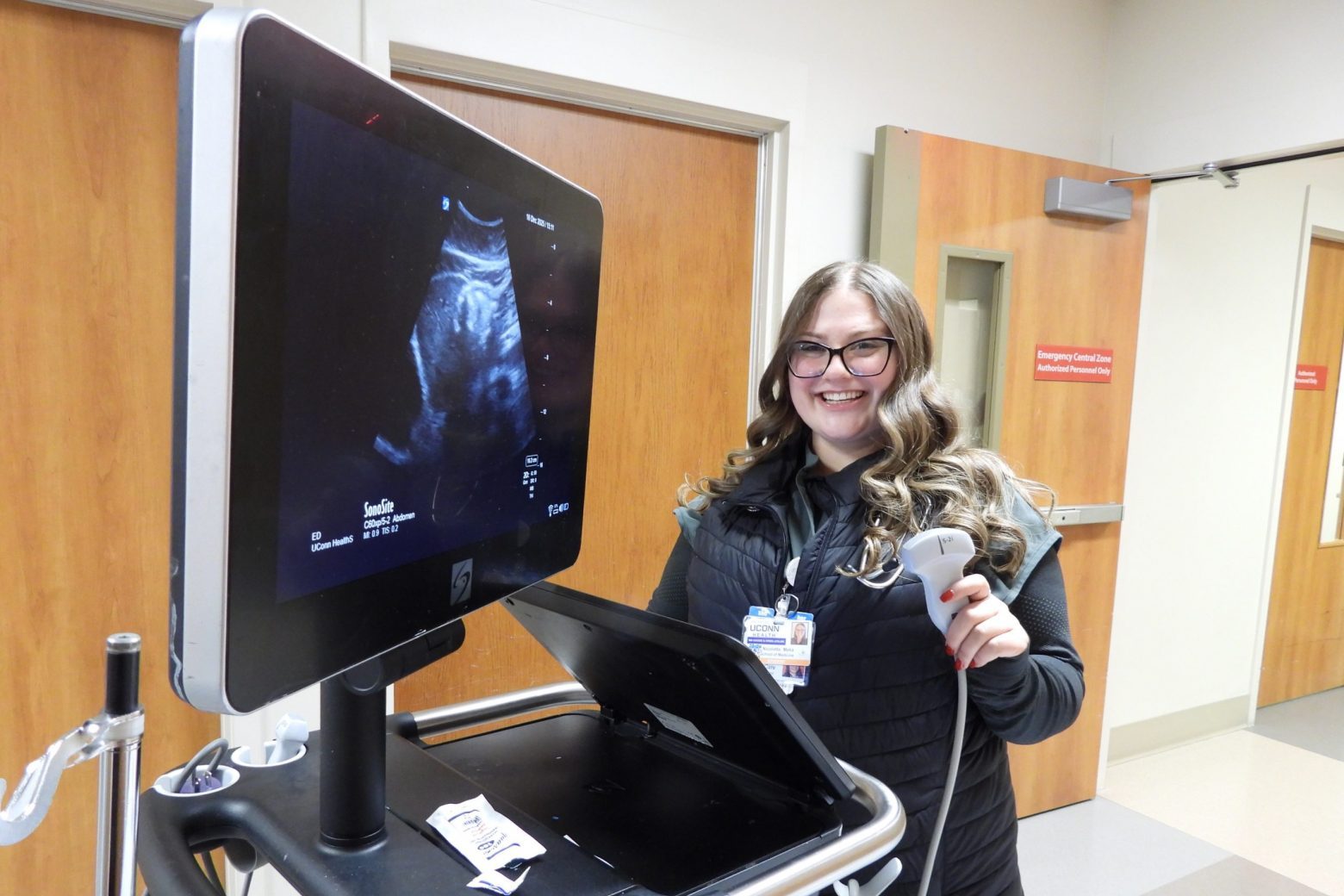For reasons ranging from environmental to economic, it is critical that Long Island Sound and the newly established National Estuarine Research Reserve (NERR) be well preserved. UConn and its partners have found the right person to lead efforts with the appointment of Craig Tobias as the new director.
Tobias, a Marine Sciences professor at UConn Avery Point, is already at work in his new role. He assumes leadership of the NERR, a 52,160-acre reserve stretching along the state’s southeastern shore up local brackish estuaries, including the mouth of the Connecticut River.
“I envision the Reserve at the forefront of producing actionable science, being a trusted broker of facts, and leading integration of that information into education and decision-making,” says Tobias. “More importantly perhaps, I envision the Connecticut NERR as regional champion of the ecosystems within our care.”
“Whether through informing legislation, or education, or helping to frame public perception of value, here is where the Connecticut NERR can exert real and lasting effect,” Tobias continued. “If we do it right, we fulfill the promise of one of my favorite quotes: ‘In the end, we will conserve only what we love; we will love only what we understand and we will understand only what we are taught.’”
The Office of the Vice President for Research (OVPR) appointed Tobias as director in January, one year after the NERR received federal recognition and protection. Part of the area includes the shoreline where UConn Avery Point is located, as well as several nearby islands and wetlands.
As an expert in coastal ecosystems and biogeochemistry, Tobias is well qualified to serve as the NERR’s director. He has taught at UConn for the past 15 years, including the last seven as a full professor. His research portfolio includes more than 40 research projects, with funding from the National Oceanic and Atmospheric Administration, U.S. Defense Department, the Connecticut Department of Energy and Environmental protection, and the National Science Foundation.

UConn’s Marine Sciences program and Connecticut Sea Grant joined with several public and private partners to establish the NERR. As an estuary, the region is home to unique wildlife and a thriving ecosystem within the brackish water. The reserve offers a living laboratory for marine science students and outreach opportunities for communities to learn more about how the region impacts their lives.
Tobias says the shoreline looks far different today than it did centuries ago. Urbanization and climate change have led to degradation, including significant reduction in salt marshes. One of his main goals is ecosystem restoration, which will benefit native wildlife, commerce, and recreation, among many other improvements.
“The NERR is well-equipped to prioritize ecosystem restoration,” Tobias says. “We can develop approaches and techniques that can be applied elsewhere in the region. This is exciting for me. Much of coastal science that happens could be interpreted as just documenting the decline, but here is a chance to actually reverse it.”
An important step, he continues, is contributing to the NERR network along the country’s shoreline. Nationally, there are 30 such reserves from coast to coast and they all play important parts to the ecosystems and economies of their respective areas.
Tobias says Long Island Sound is located at a biogeographical boundary, where species of the mid-Atlantic region, such as areas like Chesapeake Bay, co-mingle with New England flora and fauna. Climate change is making the Sound more habitable for species like black seabass, less so for the lobsters more traditionally associated with the Northeast.
“In general, rapid change is stressful for ecosystems, and in Long Island Sound, this change is compounded by a history of urbanization that in many cases alters how ecosystems can respond,” says Tobias. “So, the Connecticut NERR is perfectly positioned to provide information to help manage habitats under conditions of multiple stressors.”
The NERR is fortunate to have significant legislative support both federally and locally, with members of both major political parties recognizing that healthy coastal environments benefit the region. According to an internal study, the economic impact of the Sound, including all recreational and commercial activity, is more than $5.5 billion.
“In non-economic terms, what is the value of clean water or a day with your family near the water? What is the intrinsic value of shorebird habitat, or your child’s discovery of their first sea creature, one that sparks a lifetime of curiosity and commitment to the environment? I would argue it’s priceless,” Tobias says.



